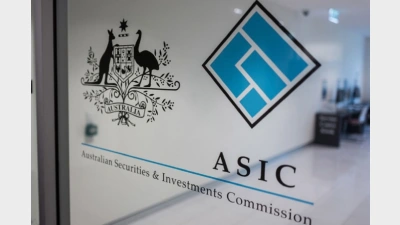The case for unlisted and alternative assets



Sunsuper have made the case that unlisted assets and alternative strategies can function in both a growth and defensive capacity within a portfolio.
At the Sunsuper Adviser Roadshow, Andrew Fisher, Sunsuper’s head of asset allocations, said they were constantly asked whether or not they were invested in defensive or growth asset classes.
“We have a private capital portfolio that's a growth alternative, and we have a hedge fund and an alternative asset portfolio that's a defensive alternative,” Fisher said.
“The reason being that it's important when we think about how we're going to allocate alternative assets.
“We actually want a full spectrum of growth and expensive alternatives because from time to time, growth and defensive traditional assets get expensive or cheap.”
Fisher said they had avoided fixed income and moved towards hedge funds and alternative assets.
“Right now, the least attractive thing we find in portfolios is fixed income, which is the traditional defensive asset,” Fisher said.
“Essentially when we think about defensive assets, what we’re thinking about is low risk, zero correlation.”
When setting up alternative asset classes, the aim was that if they find an asset, it was an alternative asset they had not done before.
“If it's defensive we have a home for that, if it’s growth we have a home for that, but in between we have property and infrastructure, they’re set up to be half growth/half defensive,” Fisher said.
“Again, there's a spectrum of opportunities in those two asset classes and by positioning half growth/half defensive, half domestic/half international, that gives flexibility.”
Michael Weaver, Sunsuper’s head of private markets, said private and unlisted assets offer unique opportunities.
“By having a real income focus in both of those portfolios, that's something in each of those portfolios right now that we're getting around at five per cent,” Weaver said.
“In our property portfolio, we have around 10 per cent that is actually in debt strategies, and they’re earning anywhere from nine to 10 per cent yield because it's private debt against different buildings, particularly overseas.
“They’re just different opportunities that we can source through long-term relationships and networks that we have.
“We think it gives much better returns on a risk adjusted basis, compared to the opportunity set we’re taking it from, which is half equities and half bonds.”
Recommended for you
Ethical super fund Australian Ethical has announced the appointment of Anthony Lane as chief operating officer.
The structural shift towards active ETFs will reshape the asset management industry, according to McKinsey, and financial advisers will be a key group for managers to focus their distribution.
ASIC has warned that practices across the $200 billion private credit market are inconsistent and, in some cases, require serious improvement.
A surge in electricity prices has driven the monthly Consumer Price Index to its highest level in a year, exceeding forecasts.









